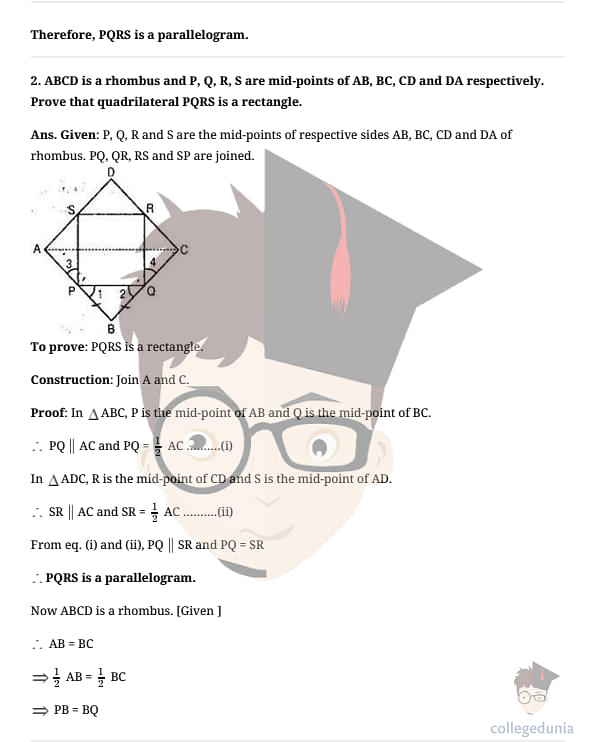
Content Curator
NCERT Solutions for Class 9 Maths Chapter 8 Quadrilaterals Exercise 8.2 Solutions are based on the Mid-point Theorem.
Download PDF: NCERT Solutions for Class 9 Maths Chapter 8 Exercise 8.2 Solutions
Check out NCERT Solutions for Class 9 Maths Chapter 8 Exercise 8.2 Solutions









Read More: NCERT Solutions For Class 9 Maths Chapter 8 Quadrilaterals
Exercise Solutions of Class 9 Maths Chapter 8 Quadrilaterals
Also check other Exercise Solutions of Class 9 Maths Chapter 8 Quadrilaterals
Also Check:
| Important Chapter Related Topics | ||
|---|---|---|
| Quadrilaterals | Cyclic quadrilateral | Quadrilateral angle sum property |
| Perimeter of a parallelogram | Area of a Rectangle | Area of a Square |
Also check:





Comments